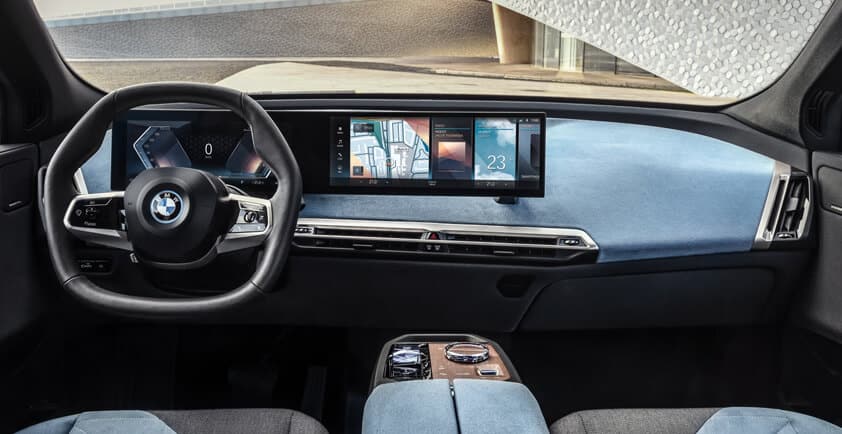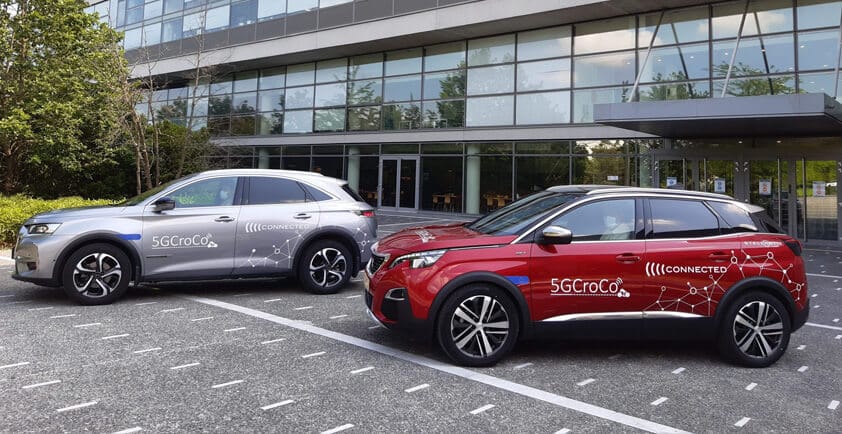

POSITIONING: PRECISE. EVERYWHERE AND ALWAYS.
>> Autonomous vehicles need more precise positioning systems than GPS. Deutsche Telekom's Precise Positioning solution with Swift Navigation has proven itself in a live test.
2,000 kilometers. 5 countries. Urban canyons, mountainous regions, tunnels, multi-lane traffic routing at toll booths. No doubt: complex traffic situations confront satellite positioning systems with special challenges. Precise Positioning from Swift Navigation and Deutsche Telekom beats the conventional GPS. The use cases for this solution are extremely diverse and range from autonomous driving and drone control to the use of robots in industry or last-mile delivery.
During a test drive from Hanover to Barcelona, the solution showed an accuracy better than 34 centimeters 95 percent of the time, including tunnels and valleys. On a very high-quality satellite navigation system, the comparative value was 82 centimeters. Under optimal conditions in the open air, the Precise Positioning achieves an accuracy of 4 centimeters. The precision is thus within the safety-critical values for autonomous vehicles. A new study summarizes the test results.
The accuracy of conventional satellite navigation systems such as GPS is three to five meters. Inaccuracies are caused by the atmosphere or by reflections from buildings or mountains. The Skylark positioning solution from Swift corrects this satellite information. To do this, an evenly distributed network of special antennas collects data from 40 to 50 satellites. High-precision correction data is calculated on the basis of these collected measurements and the exact stationary position data of the antennas and sent in real time via mobile communications to cars, for example. In Europe, Deutsche Telekom operates a network of these special antennas, or reference stations - with consistent coverage and fail-safe.


During the Hanover-Barcelona test drive, the positioning system was tested thoroughly in live operation. A professional satellite system with a high-precision acceleration sensor served as a reference, while a navigation system in the car provided the position corrected by Swift as well as the uncorrected position. A Telekom T IoT SIM card in the LTE router established perfect connectivity to the servers in Swift's Skylark cloud.
The result: With an accuracy of ten centimeters for half of the entire 2,000 km journey, Precise Positioning achieves a 5.7-fold improvement compared to 56 centimeters when no corrections are applied. A vehicle needs to know exactly which lane it is in, especially in multi-lane traffic routes such as toll booths or traffic circles. Here, the Precise Positioning corrections have improved the accuracy from 111 centimeters to 39 centimeters.
"The test drive impressively demonstrated that in real traffic operations, Skylark is available across borders and is extremely reliable. We were impressed by the exact positioning," explains test driver Pascal Lambert, IoT Project Manager & Application Engineer at T-Systems International. "This precision ensures reliable positioning at all times and also in challenging environments." Babak Aghajani-Talesh, Senior Business Development Manager Deutsche Telekom IoT, adds: "The Precise Positioning solution from Swift and Deutsche Telekom shines because it works with standard components used in the automotive industry and is available seamlessly. The solution is scalable and easy to integrate into various systems. This makes it suitable for the mass market and furthers the future of autonomous mobility.
Author - Martina Morawietz













